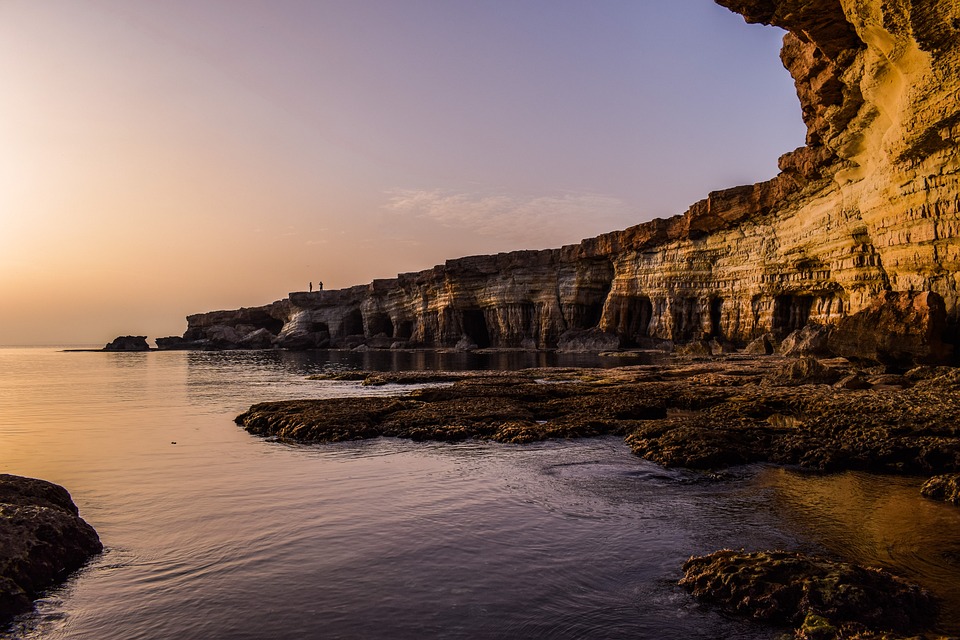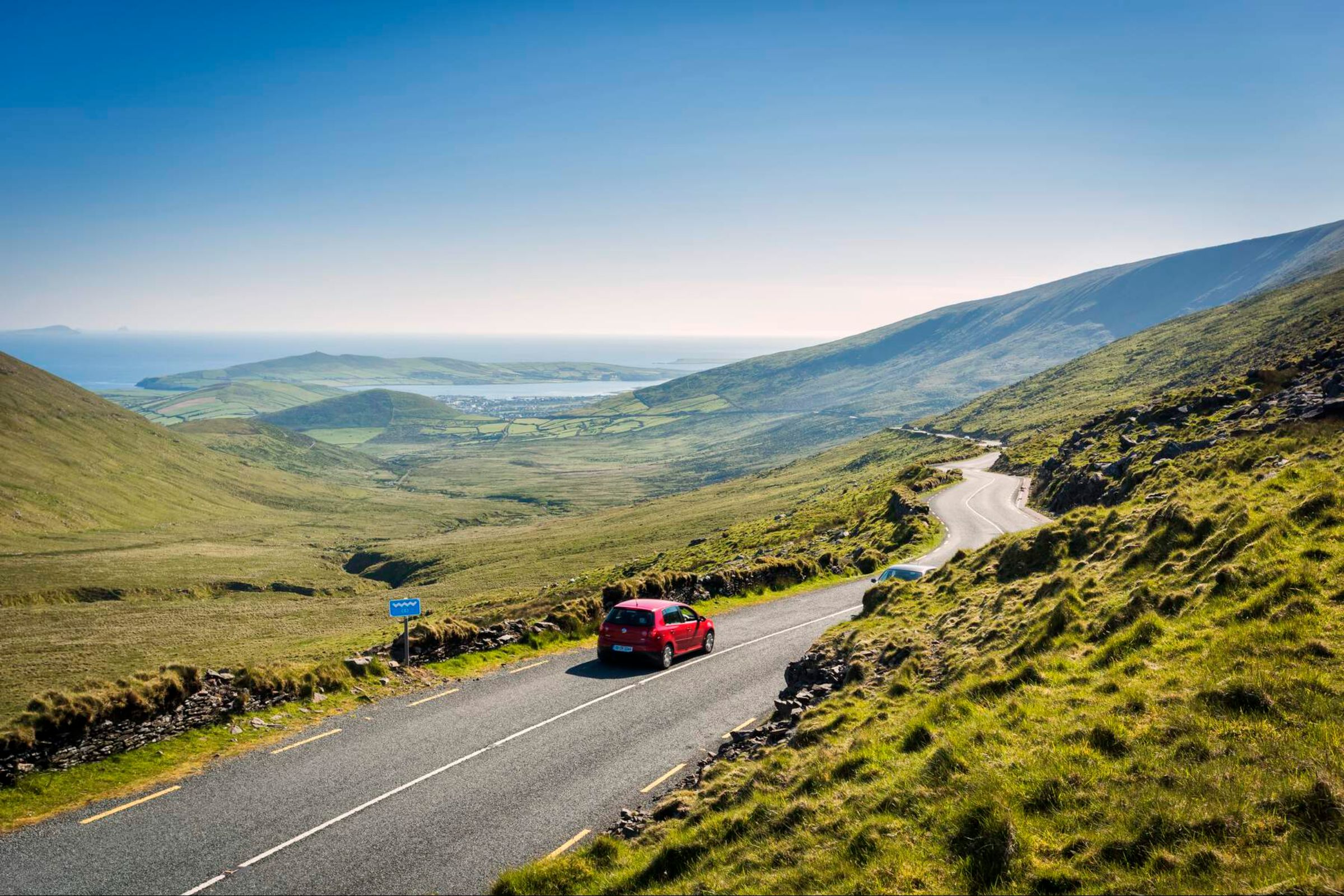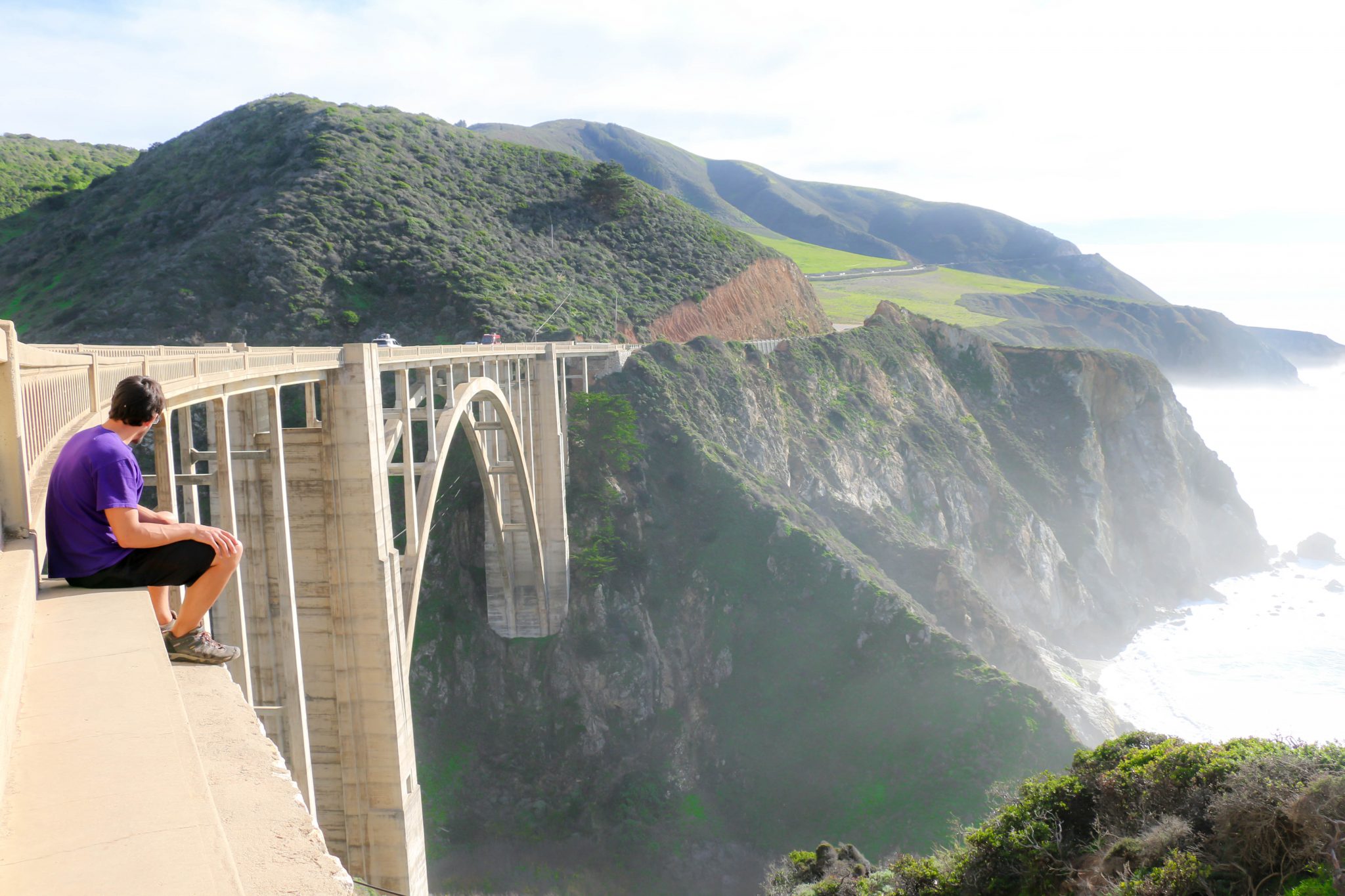14 Tips For a Safer and More Enjoyable Visit to Yellowstone National Park
As America’s first National Park, Yellowstone has a cachet that exceeds its most famous feature, Old Faithful. Yet that timeless geyser symbolizes Yellowstone National Park as certainly as the Eiffel Tower symbolizes Paris. With so much more to see and do in Yellowstone National Park, I offer these tips for enjoying this gem of nature, based on my recent trip there.
1. Make sure your car has the power to negotiate the narrow, high altitude roads in and to Yellowstone. You don’t want delay your sightseeing schedule because you can’t accelerate around a lumbering 30-foot long motor home.
2. At the same time, bring plenty of patience with you. You will need it for the above motor home and to be sure you take the time to see what is there to be seen.
3. Determine ahead of time how you want to pay for admission. The National Park System offers several options, from per car and person fees, seven day passes that are valid for any National Park for a week from purchase. If you are over 65, go for the Annual Pass for Seniors. At $10 per year, this will admit your car and everyone in it to every National Park. It gets my vote for Bargain of the Year.
4. You can purchase any pass ahead of time or upon entrance to any National Park, Yellowstone included, with proper identification.
5. Do not exceed speed limits. Sure, we all drive five-to-ten miles per hour over the posted speed limit at home. The local sheriff may not stop you because there is more traffic and he or she is out to catch flagrant violators. In Yellowstone, however, the Park Rangers are very diligent about speed limits and have little slack for people who exceed them. Here’s why: wildlife.
6. Respect wildlife. This starts with realizing that they may dart into the roadway without warning at any time. Your vehicle’s front end is no match for 600 lbs of compact meat on the hoof.
7. Respect wildlife – part two. Park Rangers work very hard to keep wild animals separated from human visitors. The animals may look sedate and friendly. But they are wild. They may turn and charge at any moment, spooked by you, something someone else in the crowd does or simply because they are “wild”.
8. Divvy up duties between drivers and wildlife watchers. The person behind the wheel should concentrate on the road, no matter how tempting it is to scan for animals. Leave the bison-spotting to passengers. You’ll spot more and live to watch them,
9. Take advantage of Park tours. Each lodge in the park offers an activities desk where you can sign up for tours and other activities. Do it early. We often take introductory tours wherever we travel. The tour driver knows where the action is, knows how to get there and leaves the watching to you. You also will get narration that enriches your experience. You always can go back to the highlights on your own later.
10. If at all possible, stay overnight in the park. This may require earlier reservations than you would normally make. But it is worth it. There is fine lodging outside the park, but it comes with a responsibility to drive to from it every time you venture into the park. We also found that the nightly rates inside the park were very competitive with what is charged outside. Besides if you reserve well in advance, the park lodging companies usually have no cancellation fees if you notify them sufficiently in advance. Check each facility’s requirements for cancellation. In the meantime, you can check out other alternatives and change if advantageous.
11. Special for hikers:
a. Research a trail before you start on it.
b. Let someone at your base camp or lodge know where you are going.
c. Leave a note at the trail head with your name and your departure time. You can hand write and put it in a sealed sandwich bag to withstand the elements.
d. Wear comfortable gear: good shoes, not flip-flops. (turned ankles are not good for hiking), dress in layers, including a water repellent covering (weather changes fast and if you get soaked at lower temperatures than you are dressed for, hypothermia can set in very quickly.)
e. Take plenty of water (it’s good to have extra in case you get lost or injured.
f. Use a walking stick to steady yourself on tricky trails.
g. If you encounter a bear, do not approach and do not run; slowly back away. If it is a mother with cubs near by you, do not want to engage in social activity or scare her. If you run, you may trigger a bear’s predatory instinct to come after you. First rule is to stay alert. If the bear attacks, survival experts say to go to the ground in a ball, leaving as little of you exposed as possible. The bear probably will lose interest and go away. A bear encounter is a lot more fun to brag about when you are uninjured and in one piece.
12. If you see cars parked along the roadside, slow down. You may even want to pull over yourself before proceeding. It not only is the safest way to proceed, there is a better than average chance that the cars are there because someone has spotted wildlife of interest.
13. Obey the signs at geyser and hot spring sites. Stay on the walkways. The water is boiling. Unless you would stick your hand or foot into a pot boiling on your stove, don’t do it here. Actually, don’t do it here anyway. It sets a bad example for children who may be watching you.
14. Enjoy the magnificence of this remarkable place. If you see nothing but beautiful forests, fascinating hot springs, verdant valleys, alpine lakes and canyons, you will take home an experience unlike anything you would have at home.







